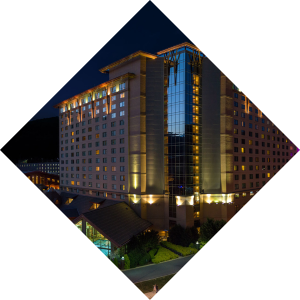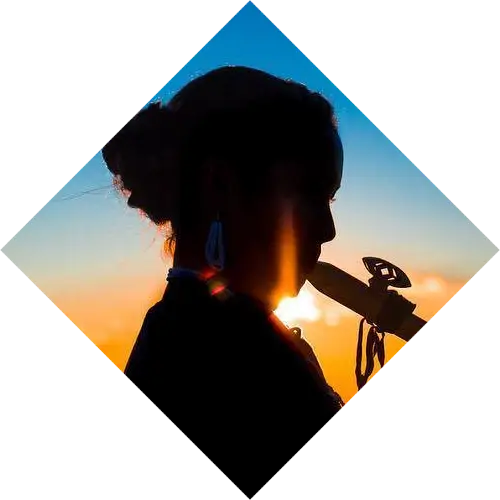A Cherokee Hero
This is the story of Charles George, a Cherokee hero who displayed outstanding courage and gave his own life to defend his nation and save his friends while serving in the Korean War.
Charles George was born in the Birdtown community of Cherokee, North Carolina, on August 23, 1932. He was a member of the Bird Clan, and he grew up alongside the Oconaluftee River on the Qualla Boundary with his family, living a simple mountain life. His parents named him Tsali, which translates into English as Charles. His friends and family called him Charlie. In Cherokee history, Tsali is a name synonymous with self-sacrifice. In 1838 during the midst of Cherokee removal to Oklahoma, the legendary hero Tsali selflessly gave his own life, so that some of his people could remain in the ancestral homeland.
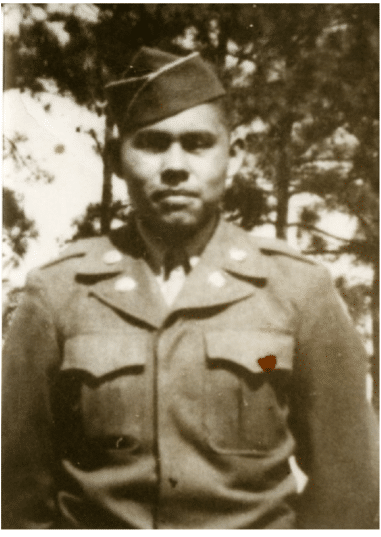
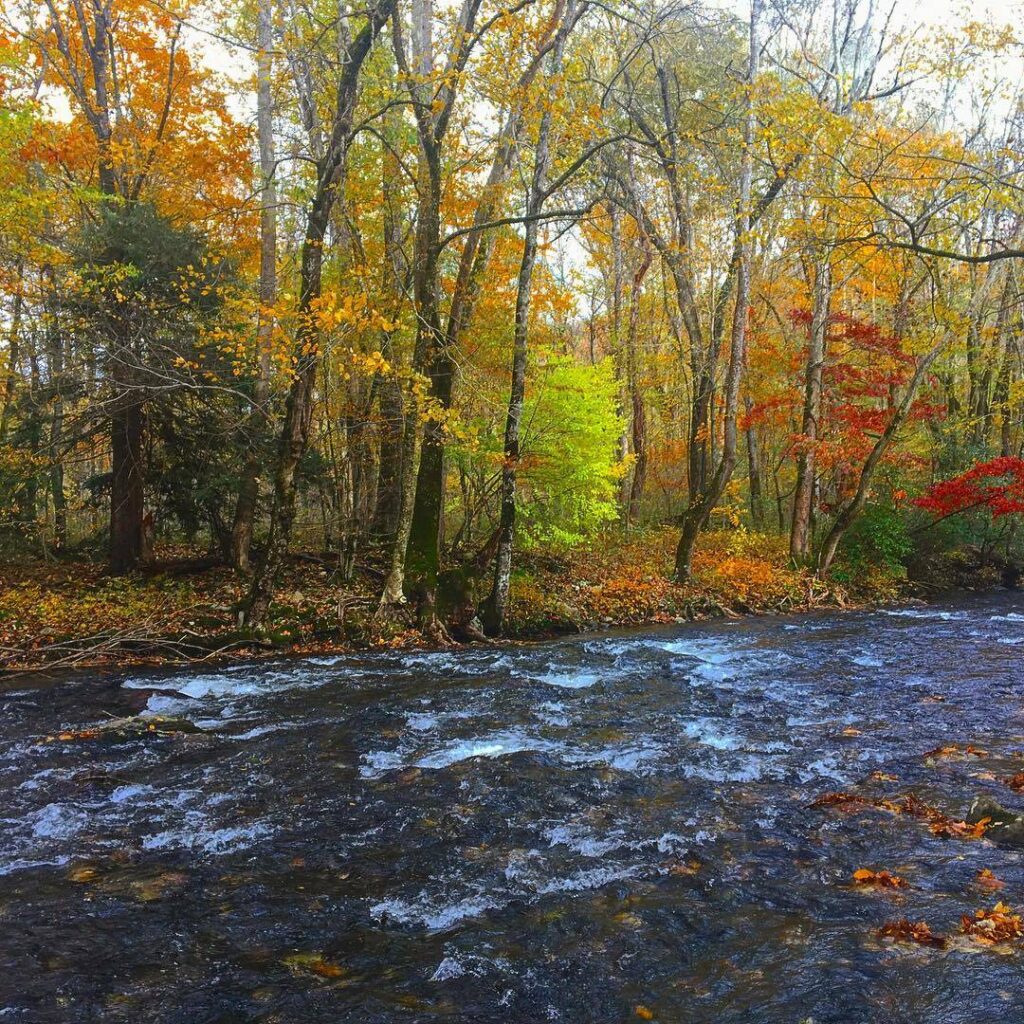
A True Cherokee Warrior
When the Korean War raged, it was only natural for Charles to follow the warrior tradition of his people, and protect his country, people, and his beloved mountains. At age 18, he enlisted in the United States Army. By the time he was 20, he was a new recruit volunteering for combat in Korea—a warrior following in the footsteps of his ancestors, going into combat to protect his people.
Shortly before shipping off to join the 45th Infantry Division in Korea, Charles George made one last stop at the Cherokee School in the Qualla Boundary. He talked with the children about serving their country, serving their people, and staying true to the Cherokee warrior tradition.
In Korea, Charles George was assigned to Company C, 179th Infantry Regiment, 45th Infantry Division. In the late autumn of 1952, on November 29, Company C launched an assault on the Chinese troops in an area just north of Seoul. It was after nightfall, and Charles George was with his comrades Armando Ruiz and Marion Santo. Cresting the hill, PFC George and Ruiz leaped into the enemy trenches. It was hand-to-hand combat and they secured a prisoner for interrogation. The patrol leader called out to George, Ruiz, and Santo, and ordered them to provide cover while the patrol made their way back to camp. The men crouched silently in the darkness.
The Greatest Sacrifice
With weapons in hand and facing north, Charles George was on the left side of the trench, Santo was in the middle, and Ruiz was to the right. When an enemy grenade landed, Corporal Ruiz didn’t see it hit the ground. All he heard was Charlie yelling for him to get out of the way. PFC Santo was closest to the grenade. Before fully realizing what was happening, Santo felt a huge jolt that sent him flying. It was Charlie. PFC George shoved Santo with everything he had, and turning back to the danger, he threw himself on the grenade, absorbing the full impact with his body. In an instant, Charles George took control to save his people.
Mortally wounded, PFC George remained conscious. Rolling him over, Santo and Ruiz saw the intense pain in George’s eyes. As life drained from his body, Charlie knew there was one last thing he could do to help his friends. Crying out in pain would have alerted the oncoming Chinese to their position and assured that all three men would have died that night. PFC George did not make a sound—not even a whimper.
As quickly as they could, Ruiz and Santo carried Charlie back to the aid station where medics tried in vain to save him. Nothing could be done, and in the early hours of November 30, 1952, Charles George succumbed to his wounds. The young warrior from the Qualla Boundary had traveled to the far side of the world, fought up the rugged slopes of Korea, engaged the enemy in brutal combat, and gave his life to save his brothers in arms.
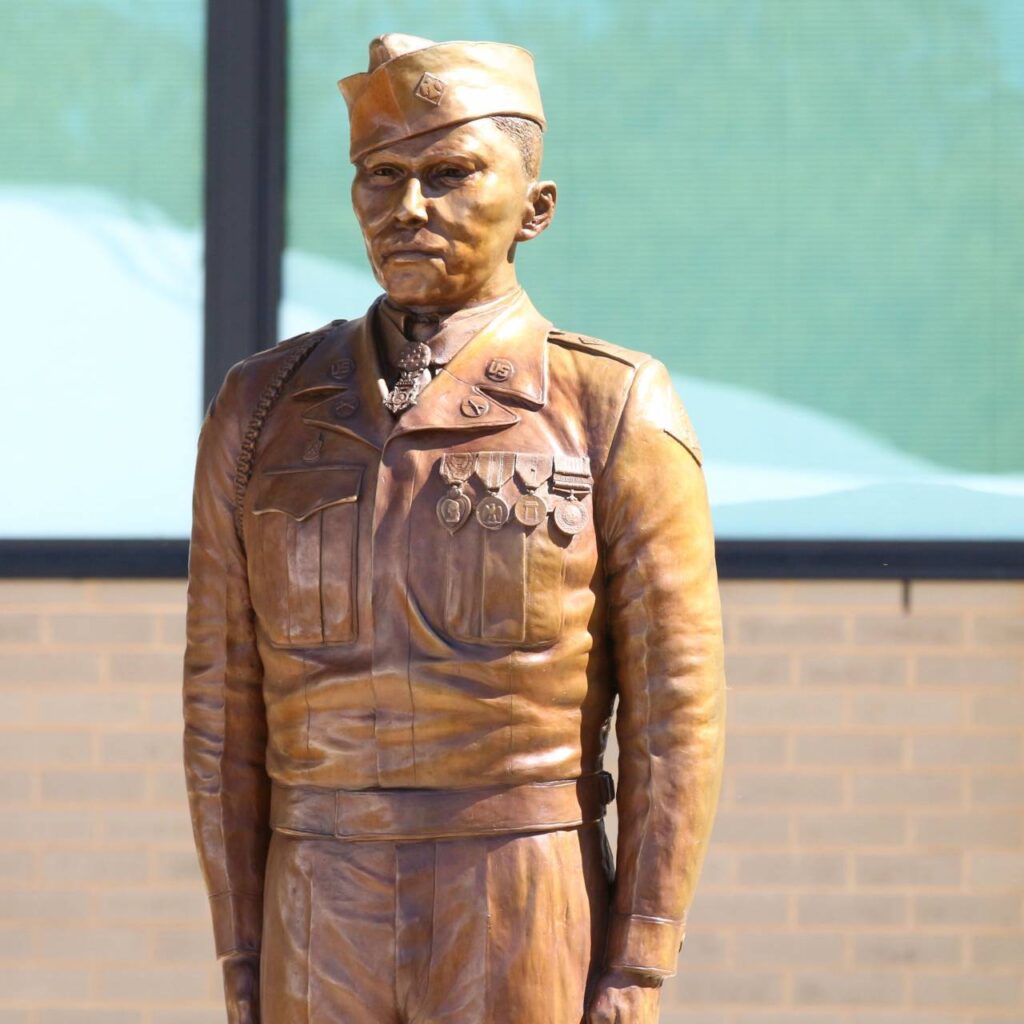
Remembering Charles George
Charles George was never able to become a veteran. He was never able to return home to his beloved family and friends in Birdtown and fish in the Oconaluftee River. Even though he died in the Korean darkness, Charles and his heroism are still remembered and honored today. Two years after his death, PFC Charles George was awarded the Medal of Honor—our nation’s highest honor.
Beyond George’s family and the Bird Clan, his legacy is an integral part of the wider Eastern Band community. Charles George is honored yearly at the Cherokee Fair, and his story is taught in Cherokee schools. Named in his honor is a bridge, the Cherokee High School gymnasium, a US Army camp in Korea, and the Charles George VA Medical Center in Asheville, which serves over 37,000 veterans in Western North Carolina.
His Legacy Lives On
Today, you will find two life-sized bronze statues of Charles George—one in the Veterans Park in Cherokee dedicated to the Cherokee services members who have served in the United States armed forces. A granite memorial in the park lists the names of every known Eastern Band of Cherokee Indian who has served in the US armed forces since the War of 1812.
The other full-sized bust can be found at the Charles George VA Medical Center in Asheville, between the VA Medical Center and the Community Living Center, which is a nursing home for veterans in need. At the Museum of the Cherokee Indian, a bronze bust of PFC Charles George is on display with his medals.
Thanks to Warren Dupree for sharing a short biography of Charles George called “One of Many Feathers” from the U.S. Department of Veterans Affairs, which was used to craft this blog.

